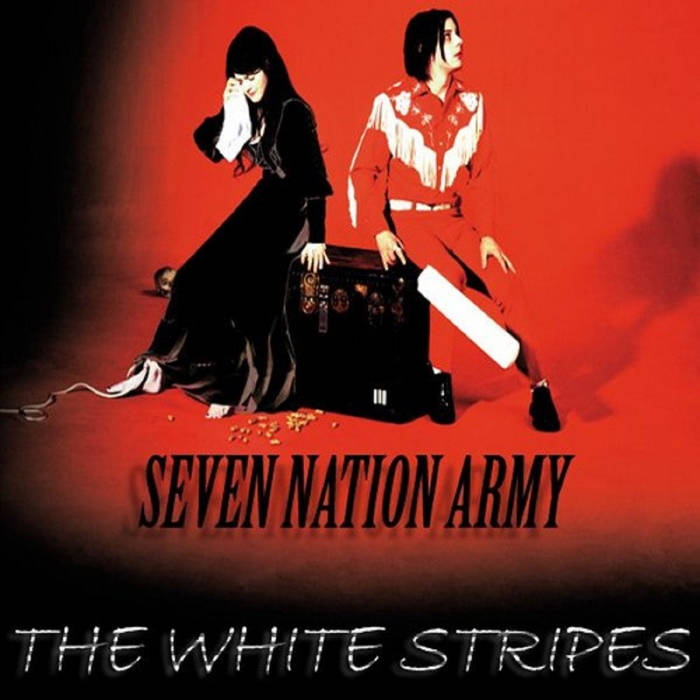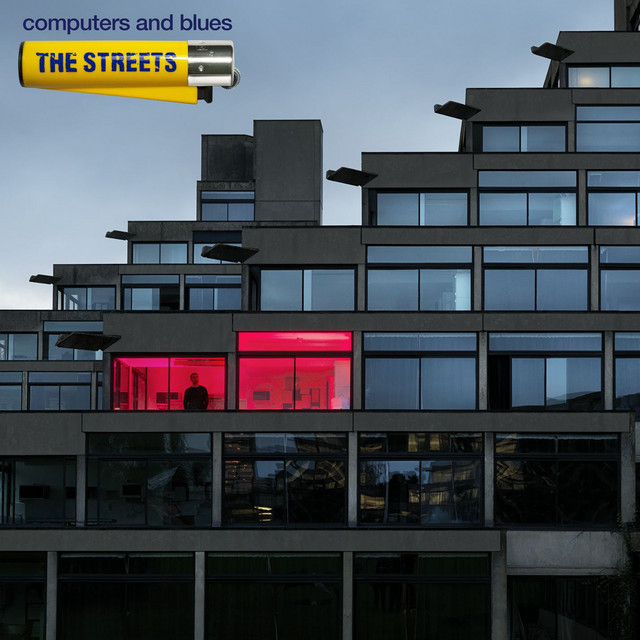 When Rihanna released “Umbrella” in 2007, she didn’t just drop a hit single—she unleashed a cultural moment that changed the trajectory of her career, reshaped the pop landscape, and solidified her place in the pantheon of global superstars. “Umbrella” wasn’t merely a chart-topping anthem. It was an artistic rebirth, a sonic storm that electrified the music world, and an unmistakable turning point in 21st-century pop. Featuring Jay-Z and produced by the red-hot duo Tricky Stewart and The-Dream, the track delivered a sleek, futuristic blend of pop, R&B, and hip-hop with a chorus so massive it became instantly iconic. Over a decade later, “Umbrella” still echoes across generations as one of the definitive songs of the 2000s—an undeniable benchmark in modern music.
When Rihanna released “Umbrella” in 2007, she didn’t just drop a hit single—she unleashed a cultural moment that changed the trajectory of her career, reshaped the pop landscape, and solidified her place in the pantheon of global superstars. “Umbrella” wasn’t merely a chart-topping anthem. It was an artistic rebirth, a sonic storm that electrified the music world, and an unmistakable turning point in 21st-century pop. Featuring Jay-Z and produced by the red-hot duo Tricky Stewart and The-Dream, the track delivered a sleek, futuristic blend of pop, R&B, and hip-hop with a chorus so massive it became instantly iconic. Over a decade later, “Umbrella” still echoes across generations as one of the definitive songs of the 2000s—an undeniable benchmark in modern music.
Before “Umbrella,” Rihanna was already on the rise. Born Robyn Rihanna Fenty in Barbados, she had two successful albums to her name—Music of the Sun (2005) and A Girl Like Me (2006)—and a string of hits like “Pon de Replay” and “SOS.” But she hadn’t quite carved out a distinct artistic identity. She was still seen largely as a Caribbean pop ingénue navigating her way through the mainstream. All of that changed with “Umbrella.” From its very first metallic snare crack—an echo-laden drum sample from the 1969 track “Tramp” by Lowell Fulson, also used famously in songs like “Crunk Muzik” by The Diplomats—the song signaled that Rihanna had stepped into a new dimension.
Jay-Z’s opening verse added swagger and commercial credibility, but once Rihanna took over the mic, it was clear whose record this really was. Her vocals were sultry, assured, and most importantly, emotionally resonant. The hook—“You can stand under my umbrella, ella, ella, eh, eh, eh”—was hypnotic, addictive, and oddly comforting. It turned a simple metaphor into an eternal pop mantra. Much of the credit goes to The-Dream and Tricky Stewart, who crafted a minimalist yet thunderous beat around a melody that managed to be both warm and apocalyptic.
What makes “Umbrella” so powerful is its duality. On the surface, it’s a love song about protection and loyalty. But beneath that lies an urgent, almost foreboding atmosphere. The song was released in March 2007 and climbed the charts quickly, ultimately hitting No. 1 on the Billboard Hot 100 and staying there for seven weeks. It became even more omnipresent in the U.K., where it remained No. 1 for ten consecutive weeks—a record at the time. Ironically, the song became associated with actual bad weather; U.K. media even dubbed the phenomenon “the Rihanna Curse” as the country experienced record rainfall during its chart run.
The success of “Umbrella” wasn’t just about sales and airplay—it was about reinvention. Rihanna debuted a darker, edgier image to match the song’s tone. Gone was the bright, tropical aesthetic of her earlier work. In its place was a sleek, high-fashion femme fatale persona. Her hair was chopped into a sharp bob, her wardrobe became futuristic and monochrome, and her performances grew more aggressive and commanding. The song and the new Rihanna arrived hand-in-hand, signaling that she was no longer just another pop singer. She was a brand, a force, and a risk-taker.
The song’s music video, directed by Chris Applebaum, deserves equal credit in defining the era. Visually striking and heavily stylized, it featured Rihanna dancing with an umbrella in silhouette, writhing in silver body paint, and dominating the camera with confidence and sensuality. The imagery was iconic, the choreography instantly memorable, and the symbolism—of strength, protection, and transformation—was crystal clear. It was art-house pop at its most commercially viable, and it played endlessly across MTV, VH1, and international music channels.
“Umbrella” also marked a moment when pop music re-embraced R&B influences with open arms. At a time when hip-hop was dominating the charts and rock was experiencing a creative resurgence, Rihanna’s genre-blending track proved that pop could still be bold, relevant, and deeply emotional. It didn’t shy away from its synthetic roots; instead, it leaned into them. The song’s production—full of echo, space, and texture—felt like the future. It sounded massive on car stereos and dance floors alike. It became a template for much of the pop music that followed in its wake.
Ironically, “Umbrella” almost wasn’t Rihanna’s song. It had been passed over by Britney Spears, who was struggling through a chaotic phase in her career, and later by Mary J. Blige, who reportedly didn’t have time to record it. Whether those are examples of missed opportunities or fate intervening, it’s hard to imagine anyone else delivering the song with the same combination of vulnerability and steel. Rihanna owned it in a way that made it impossible to separate the singer from the song.
In terms of impact, “Umbrella” launched Rihanna into a different stratosphere. It earned her her first Grammy Award for Best Rap/Sung Collaboration. It became the lead single for her third studio album Good Girl Gone Bad, which went on to become one of the biggest records of 2007 and redefined her as a boundary-pushing pop star. That album would spawn other hits like “Don’t Stop the Music,” “Shut Up and Drive,” and “Disturbia,” but it was “Umbrella” that kicked the door down.
The song’s influence can be traced through the next decade of music. Its blend of minimalist percussion, haunting harmonies, and emotional yet hook-heavy structure became a blueprint. Artists like Beyoncé, Lady Gaga, and Katy Perry would all follow with similarly bold statements that fused high fashion, emotional weight, and massive choruses. “Umbrella” didn’t just ride the wave—it helped create it.
Beyond its musical and cultural legacy, “Umbrella” is also notable for its emotional resonance. It became an anthem of comfort during a turbulent time in world history. Released during the early stages of the Great Recession, at a time when wars raged and digital culture was still finding its feet, “Umbrella” offered a kind of emotional shelter. Its core message—“I’ll always be here for you”—was simple, but deeply human. The song managed to be both escapist and grounding, dramatic yet intimate. That’s the kind of emotional alchemy that only the most timeless pop songs ever achieve.
Over the years, “Umbrella” has been covered, sampled, and parodied countless times. It has appeared in TV shows, movie trailers, and even political memes. Its status as a pop standard is now secure. But perhaps the most enduring aspect of “Umbrella” is its role as a personal turning point for Rihanna. It was the moment she took control of her narrative. The moment she stopped being a product of the industry and became a shaper of it.
Rihanna would go on to take bigger creative risks, collaborating with unexpected producers, shifting genres, launching fashion empires, and eventually becoming one of the most influential women on the planet. But none of that might have happened without “Umbrella.” It was her first artistic lightning strike—the one that let the world know a storm had arrived, and that her reign had just begun.
In hindsight, “Umbrella” wasn’t just a pop song. It was an omen. The thunderclap before the transformation. A harbinger of the way music, fashion, and culture would merge in the late 2000s. It’s a song that transcended its time and shaped what came after. For Rihanna, it was the spark that ignited an empire. For the rest of us, it was the soundtrack to a season of change. A reminder that when the storm comes—and it always does—some voices don’t just survive. They define it.


